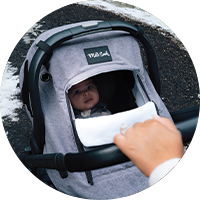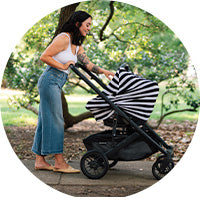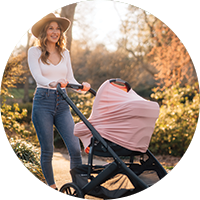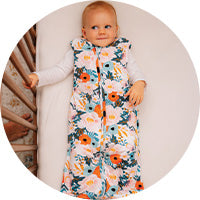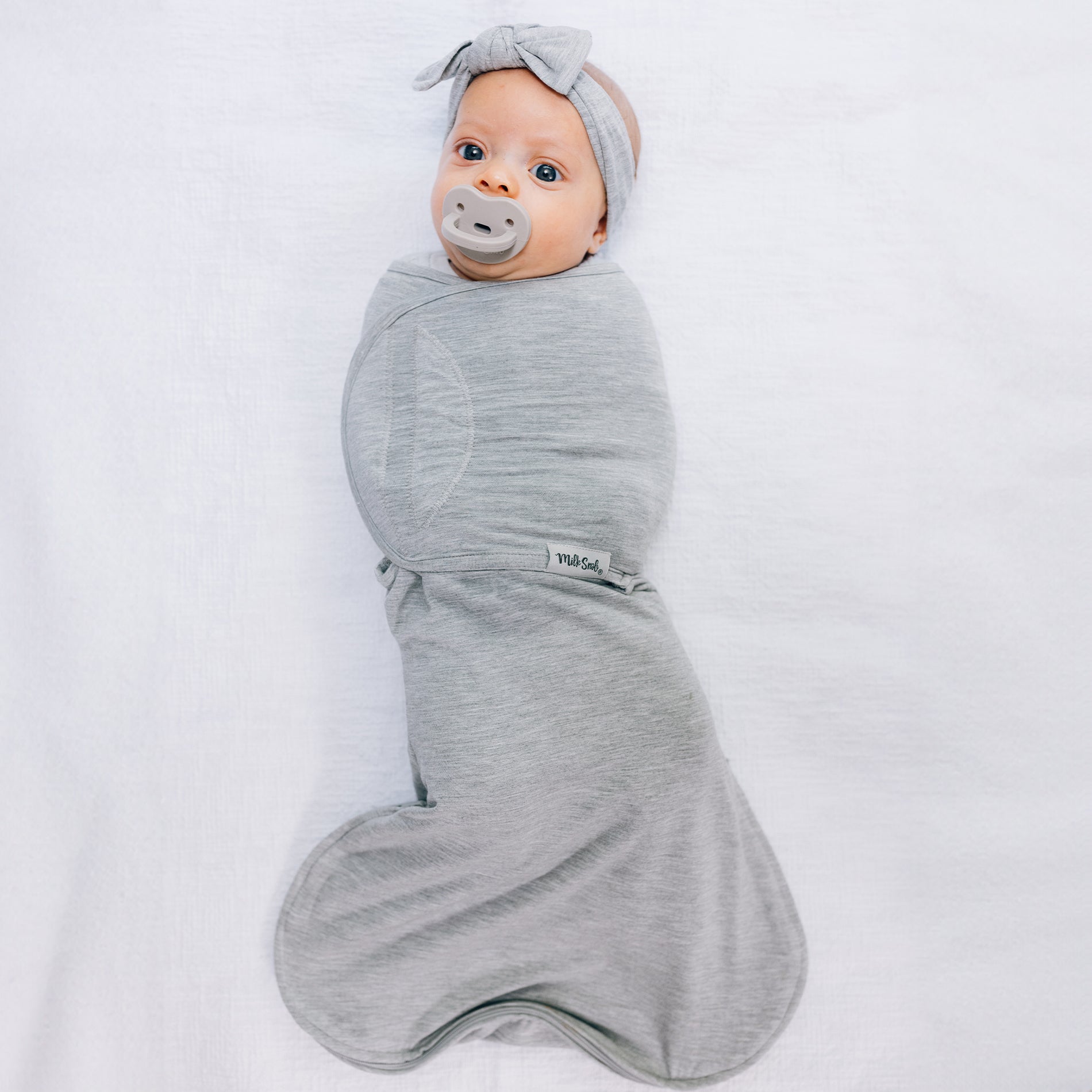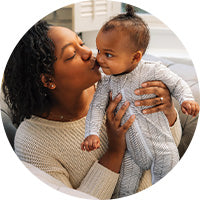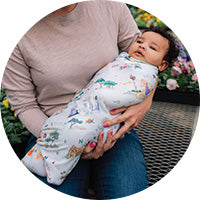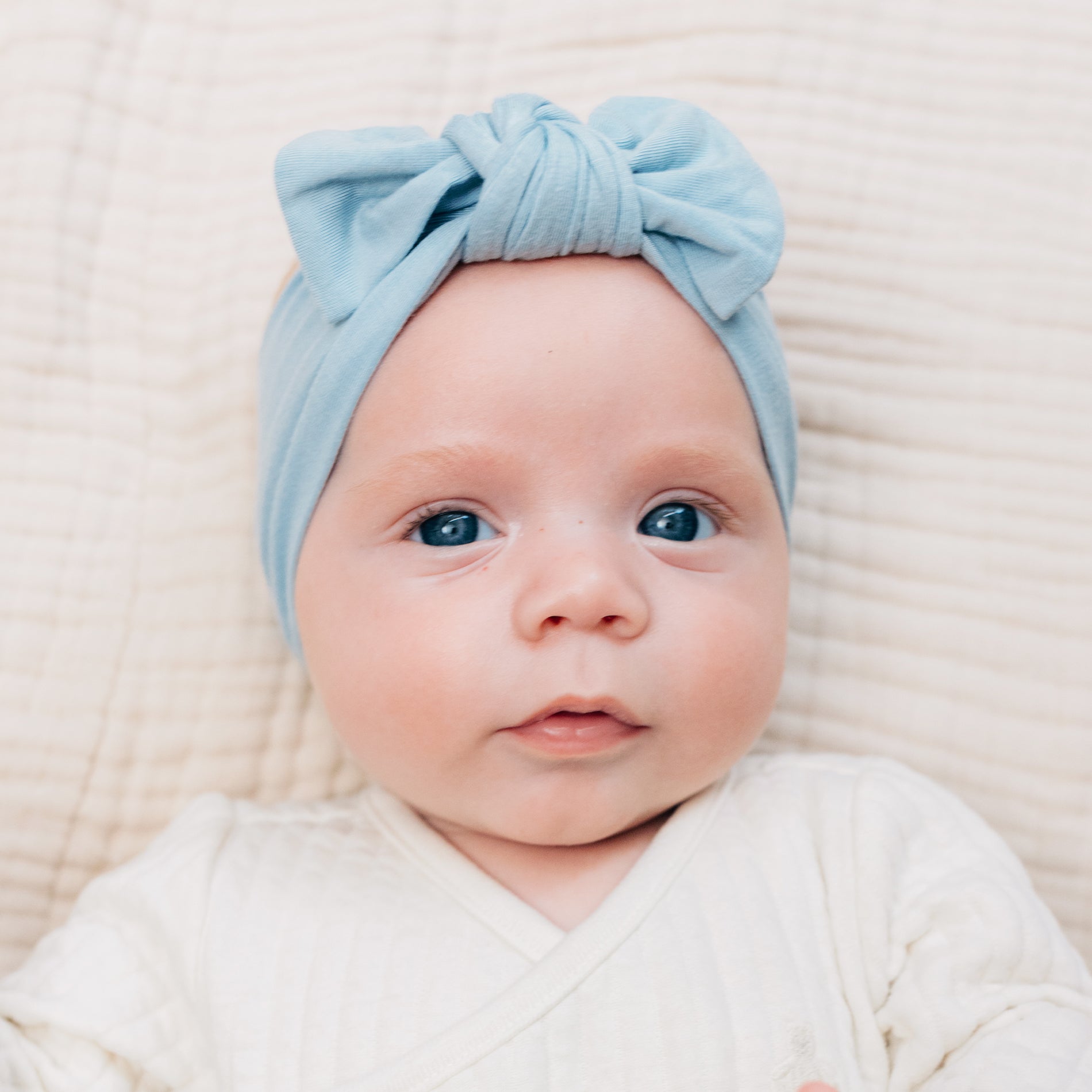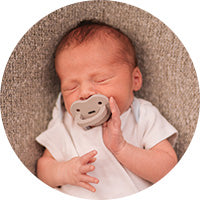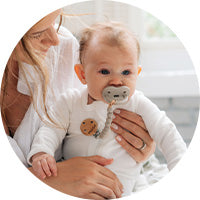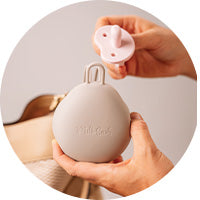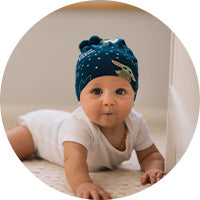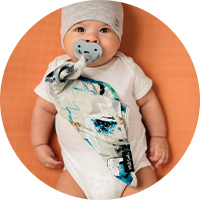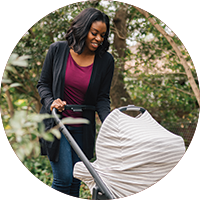Baby Sleep Safety: Swaddle vs. Sleep Sack—What’s Safer?
Every new parent knows how important sleep is for both the baby and the family. But when it comes to creating the safest sleep environment, one common question arises: Should you use a swaddle or a sleep sack? Each serves its purpose, but understanding when and how to use them is essential for your baby’s safety, comfort, and developmental needs.
Let’s dive into the differences between swaddles and sleep sacks, explore their safety features, and determine which one may be right for your little one.
What Is a Swaddle?
A swaddle is a soft, breathable wrap designed to wrap snugly around your newborn. It mimics the coziness of the womb and helps prevent the startle reflex (also known as the Moro reflex), which can disrupt sleep.
Benefits of Swaddling:
-
Calms fussy babies by recreating the womb environment
-
Helps newborns sleep longer by reducing startle reflex
-
Keeps the baby’s arms secure and snug
Safety Considerations:
Swaddling is safe when done correctly and used only in the first few months. Once a baby starts showing signs of rolling over, swaddling should be stopped immediately, as it could increase the risk of suffocation if the baby rolls onto their stomach.
What Is a Sleep Sack?
A sleep sack, often referred to as a wearable blanket, is designed to replace loose bedding in the crib. These wearable blankets are perfect for transitioning out of the swaddle stage.
Benefits of Using a Sleep Sack:
-
Safe alternative to loose blankets
-
Promotes freedom of movement for rolling and active sleepers
-
Easy to put on with zippers
-
Helps maintain consistent sleep temperature
Safety Considerations:
Sleep sacks are considered one of the safest sleep options for babies over 8 weeks old or those who are beginning to roll. Ensure the right size and TOG rating for your baby’s age and your home’s temperature.
Swaddle vs. Sleep Sack: Which One Is Safer?
For Newborns (0–2 months):
Swaddling is generally safe and effective for babies who have not yet begun to roll over. A properly wrapped swaddle can help newborns feel secure and sleep more soundly. Just ensure the swaddle isn’t too tight around the hips or chest, and always place the baby on their back.
For Infants Learning to Roll (Around 2–4 months):
This is the transition phase where safety becomes even more crucial. Once a baby shows signs of rolling, swaddling should stop. At this stage, a sleep sack becomes a safer alternative. It allows movement while reducing the risk of entanglement or suffocation.
For Older Infants and Toddlers (6+ months):
Sleep sacks shine in this stage. They’re ideal for babies who are rolling, crawling, or pulling to stand. The freedom of movement supports developmental milestones while still providing warmth and security during sleep.
Choosing the Right Product: What to Look For
Whether you’re shopping for a swaddle or a sleep sack, here’s what to consider:
Design:
Look for thoughtful details—like zipper guards, tagless interiors, and roomy bottoms to support healthy hip development.
Ease of Use:
Parents appreciate products that are easy to use during nighttime changes. Zippered sleep sacks and generously sized swaddles make a big difference.
Safety Features:
Ensure the product meets sleep safety guidelines. This means no loose parts, secure closures, and appropriate sizing for your baby’s weight and height.
A Safe Sleep Environment—Beyond the Swaddle or Sack
While choosing the right sleepwear is important, it’s only one part of the sleep safety equation. Here are a few extra tips to ensure your baby sleeps safely:
-
Always place your baby on their back to sleep—never on their stomach or side
-
Keep the crib free of loose blankets, toys, and pillows
-
Choose a firm crib mattress with a fitted sheet
-
Dress your baby in light layers to avoid overheating
-
Follow age-appropriate guidelines when transitioning from swaddles to sleep sacks
Transitioning from Swaddle to Sleep Sack: How to Make It Easier
Transitioning can feel tricky, especially if your baby has been sleeping well with a swaddle. Here are a few tips to make it smoother:
-
Try one arm out: Start by swaddling with one arm out for a few nights to help them adjust.
-
Use a transitional product: Consider a sleep sack with slight resistance to ease the switch.
-
Establish a sleep routine: Consistent bedtime rituals can ease the change.
-
Stick with it: It may take a few nights, but your baby will adapt with time.
Final Thoughts
When it comes to baby sleep safety, both swaddles and sleep sacks have their place. For newborns, swaddles offer the snug comfort they need in those early weeks. But as babies grow and begin to roll, sleep sacks provide a safer solution that supports healthy movement and sound sleep.
Ultimately, the best choice is one that matches your baby’s age, development, and sleep habits. Paired with a safe crib setup and a calming bedtime routine, you’re setting your baby up for safer, more restful nights—and that’s something every parent can appreciate.





